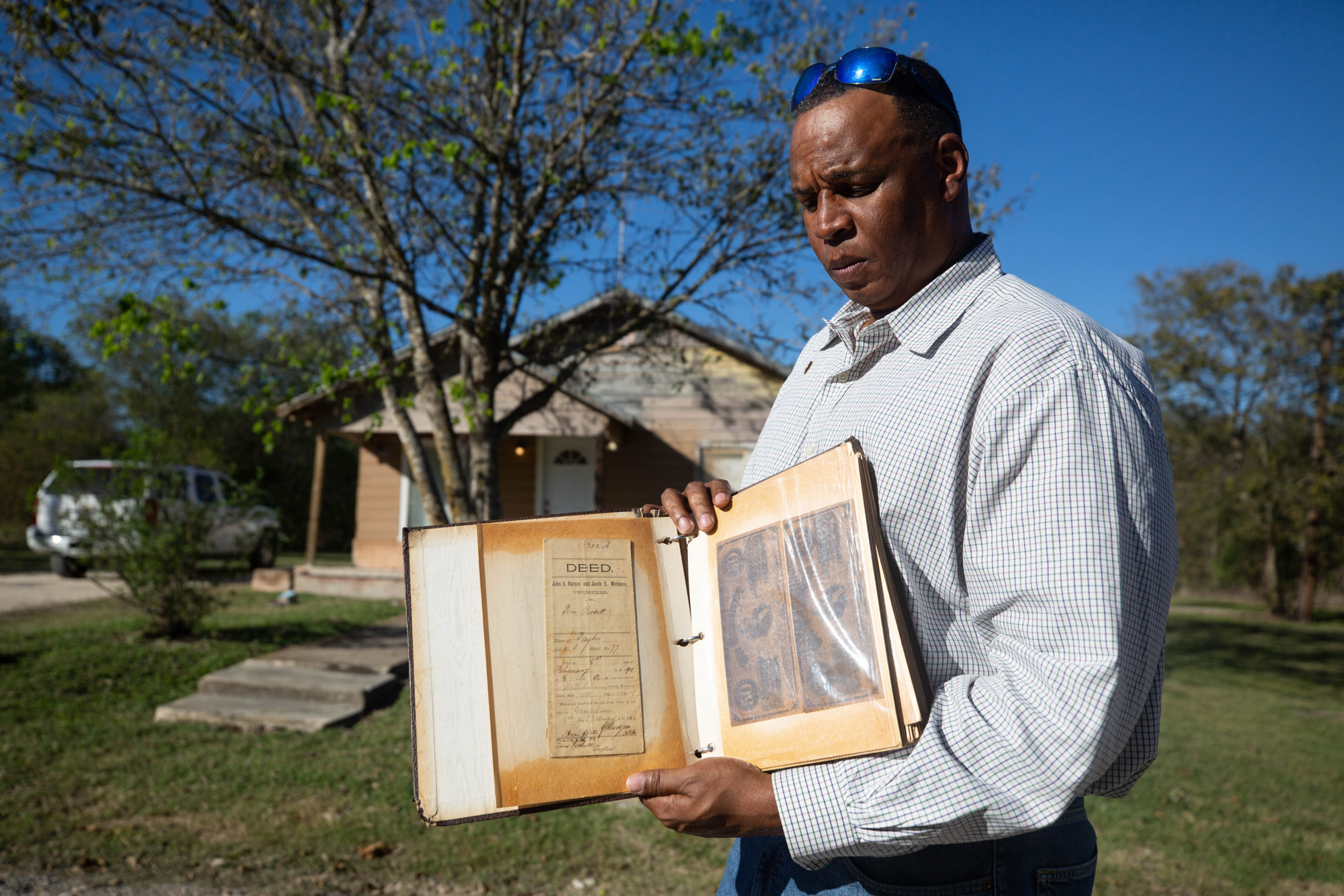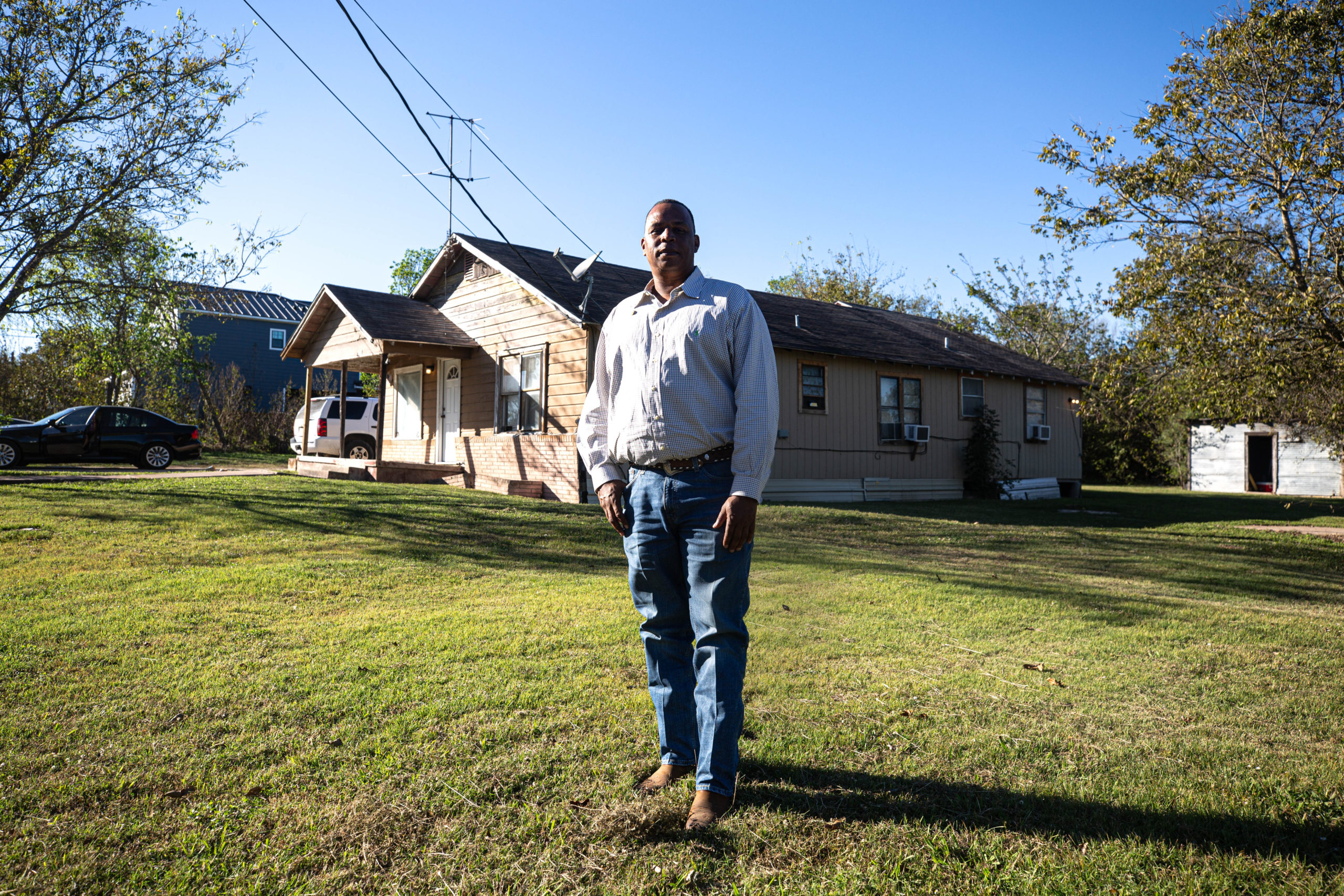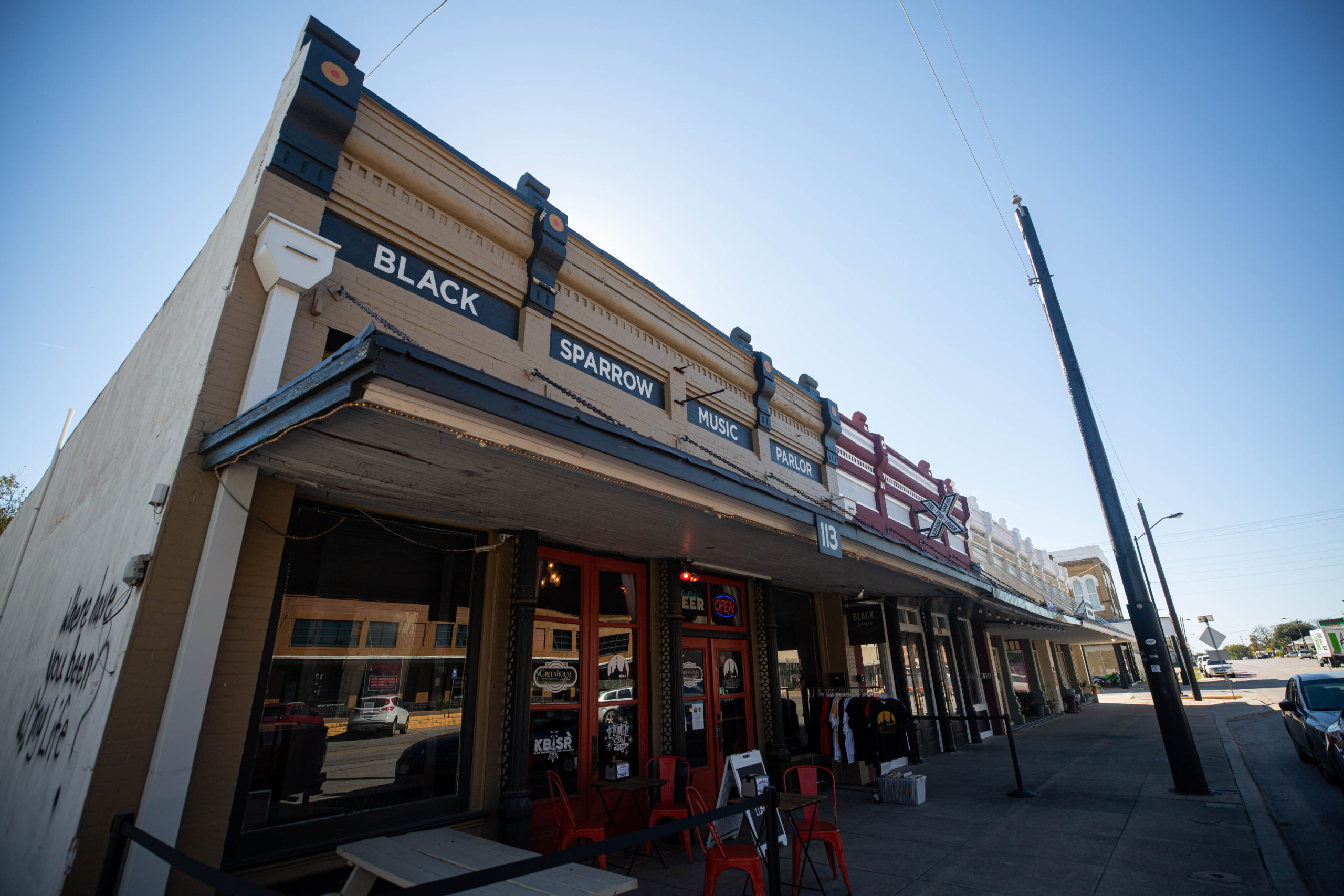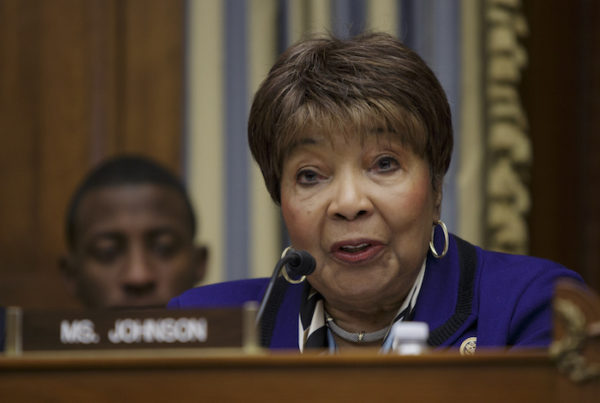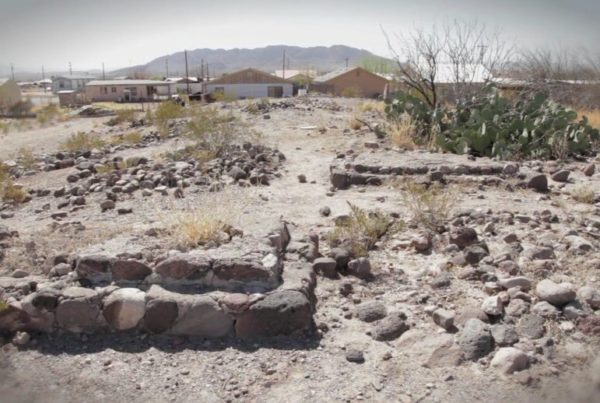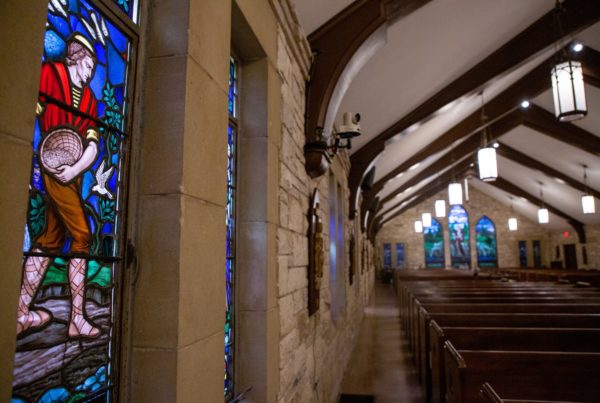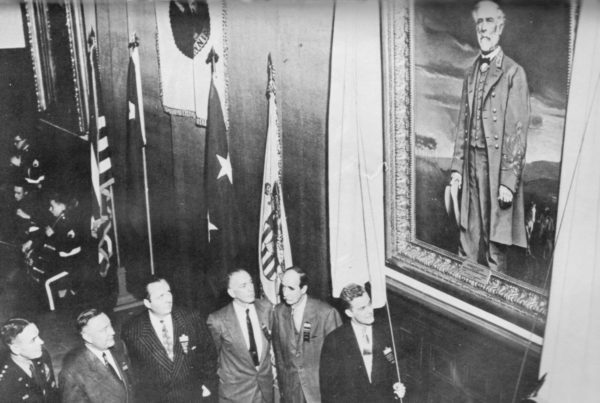To get to Taylor from downtown Austin, you’ll likely take U.S. Highway 79 east through the booming suburbs of Round Rock and Hutto. Continue on and that development begins to thin out and the surroundings return to a semblance of what most of this area looked like 20 years ago, rolling farmland in Texas’ Blackland Prairie.
Driving into Taylor, the vibe is rural but not the usual trope of a dying, small town. The city has seen a gradual increase in its population in the past 10 years, and with that has come a renaissance of sorts. Taylor will soon be home to a $17 billion Samsung microchip-making plant, which is also expected to bring a lot of newcomers.
Downtown Taylor features the classic Louie Mueller barbecue joint, as it has for decades. But it’s now accompanied by new businesses that have made downtown their home. A brewery, coffee shop, some bars, restaurants and small boutiques are scattered among other various abandoned, historic buildings.
“All we had was basically fast-food restaurants,” said Gerald Anderson, a native of Taylor who serves on the city council. “And now you see a lot more mom and pop restaurants popping up, a lot of bars and just things for people to do. So, over the last 10 years, it’s changed dramatically for the better.”


